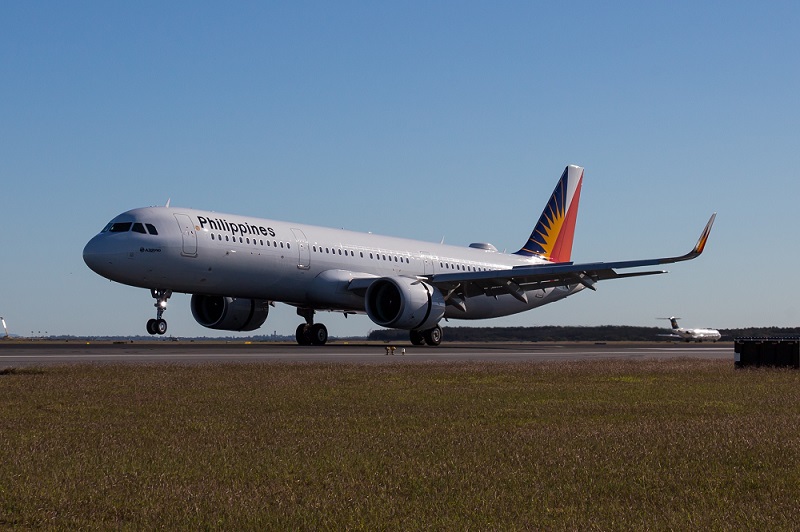PAL's A321neo heralds change as it lands in Brisbane
03 July, 2018
3 min read
By joining our newsletter, you agree to our Privacy Policy


The touchdown at Brisbane Airport Tuesday of the first Airbus A321neo to fly to Australia signaled the arrival of a new breed of single-aisle aircraft likely to have a significant impact on travel to, from and within Asia.
It demonstrated that a flight of almost eight hours, in this case from Manilla to Brisbane, is no longer the sole domain of bigger twin-aisle aircraft: it can now be operated by smaller aircraft that are easier to fill but still have good operating economics.
Existing single-aisle aircraft have been used for some time on routes such as Perth-Singapore and Perth-Bali but the range has generally been limited to about six hours.
Planes such as the A321neo add an extra 500 nautical miles (900kms) in range and Airbus says its new A321LR will fly routes of up to 4000nms (7400kms).
This extra range enables airlines to tap into new long-haul markets such as trans-Atlantic routes and from Australia into South-East Asia.
The 168-seat Philippine Airlines aircraft also gives an insight into how a longer-range single-aisle aircraft might be configured.
The four-times-weekly A321neo service features the first flat-bed business product on a narrowbody aircraft operated to Australia.
READ: Expanding Philippine Airlines to fly A321neo to Brisbane.
The 12 lie-flat seats in a 2-2 configuration represent the kind of product that until recently was generally limited to bigger planes.
Nor is PAL likely to be alone for long.
Virgin Australia is expected to start taking delivery of the 737 MAX from the end of 2019 and has talked about a new 737 business seat described as a quantum leap.
China’s Donghai Airlines has started serving Darwin from Shenzhen with a twice-weekly, two-class Boeing 737-800 service but plans to upgrade to a Boeing 737 MAX 8.
Jetstar has initially ordered 18 A321neos which will start arriving from mid-2020 and is looking at how they will be configured.
Jetstar chief executive Gareth Evans said Jetstar needed to get the configuration right because the aircraft would be primarily domestic aircraft.
“What we get from those aircraft is not just the inherent benefits of a more efficient, new technology aircraft but, because of the distance they can fly, we’re able to hit Bali and parts of South-East Asia from East Coast Australia,’’ Evans said during the recent IATA conference in Sydney.
“That will enable us to fly these planes in domestic Australia during the day and then off internationally overnight so they’re back in Australia for the start of the next day.
“And that enables us to actually free-up three 787s for redeployment elsewhere in our network, so the business case works extremely well.”
Get the latest news and updates straight to your inbox
No spam, no hassle, no fuss, just airline news direct to you.
By joining our newsletter, you agree to our Privacy Policy
Find us on social media
Comments
No comments yet, be the first to write one.

